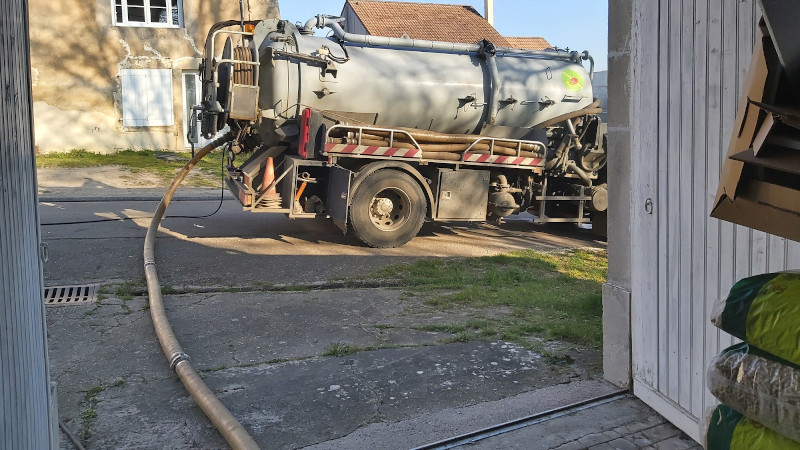30
Aug
Key Aspects of a Site Evaluation Prior to a Septic Installation

If you’re considering having a septic system installed on your property, one of the most important steps in that process is to have your prospective site evaluated by a professional team to ensure it’s suitable. There are generally four main aspects to a site evaluation, which all work together to help ensure that your septic installation goes smoothly and complies with any regulations or restrictions.
- Soil Percolation Testing: This test is designed to measure how quickly the soil around your proposed septic installation site absorbs water. It’s an essential part of the evaluation because any septic installation will include a drainfield, and the per test helps your installation company determine the size and location of your drainfield.
- Topographical Analysis: The unique topography of your landscape will also play a big role in your septic installation. Your installation company will need to inspect the slope of the land and surface water flow to find the best locations for the tank, drainfield, and other components.
- Groundwater Assessment: If your property has high groundwater levels, that can significantly influence the efficacy of your septic system. The groundwater assessment helps ensure the drainfield is high enough above the water table and won’t pose a risk of contaminating it.
- Measuring the Distance to Bodies of Water: There are strict rules in place about how close a septic system can be to nearby bodies of water, such as ponds, streams, lakes, and rivers. Your site evaluation will ensure that all the components of your septic system are far enough away and that you won’t encounter permitting issues with your septic installation down the line.
Your site evaluation is a critical step in your septic installation, and making sure you have a credible, thorough team handling it will ensure that your system functions properly and complies with all the local regulations.






